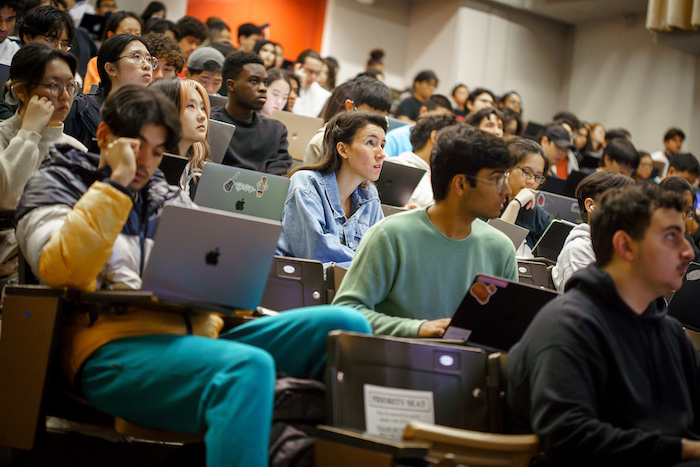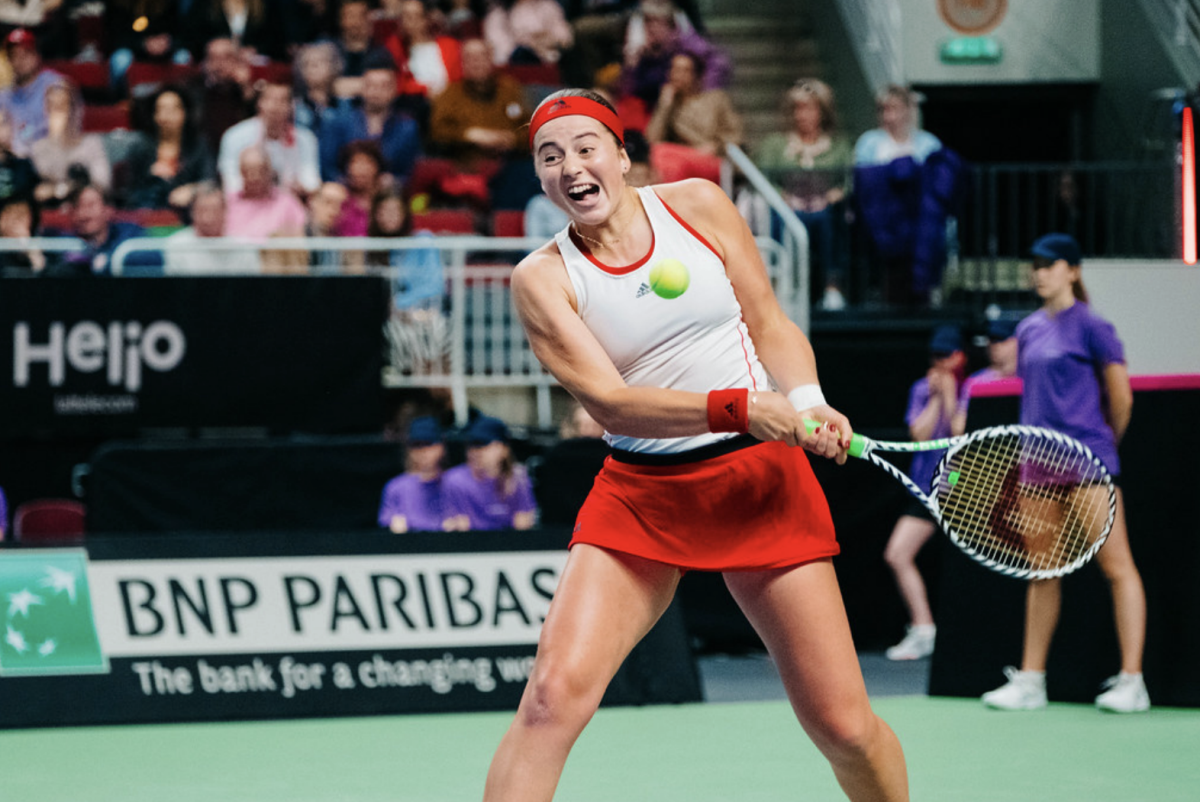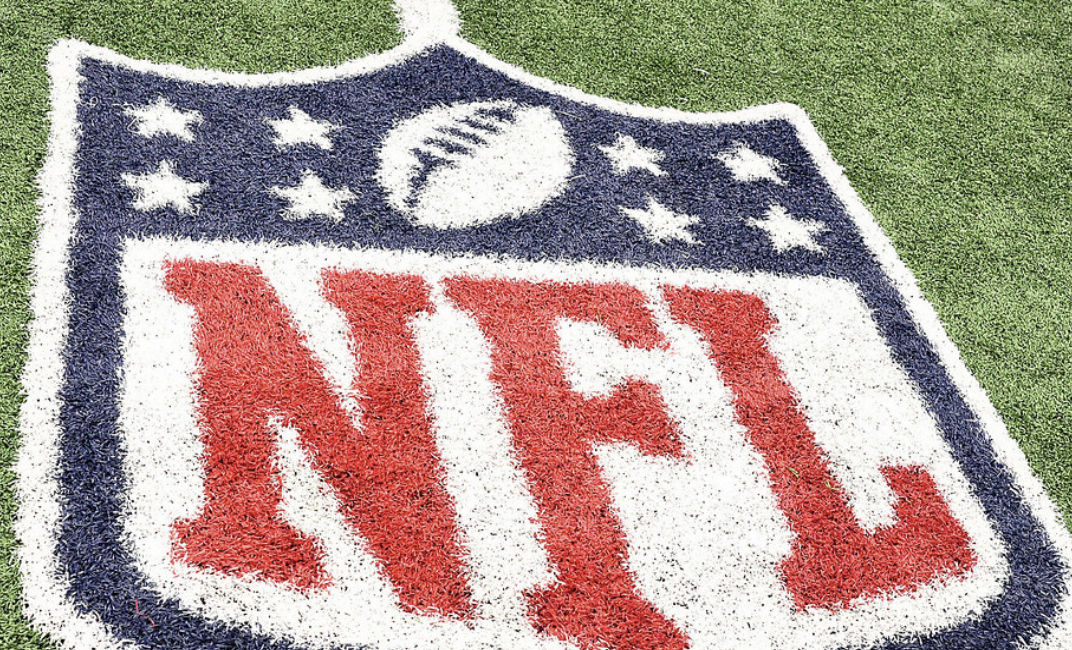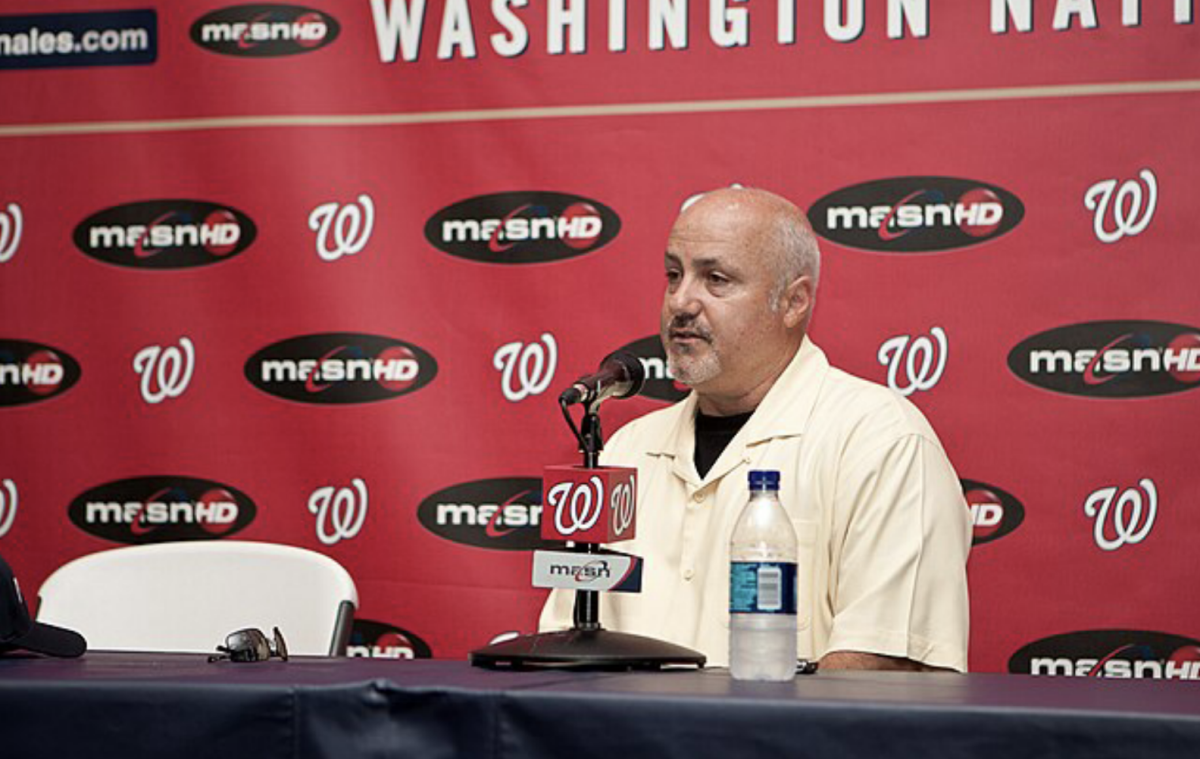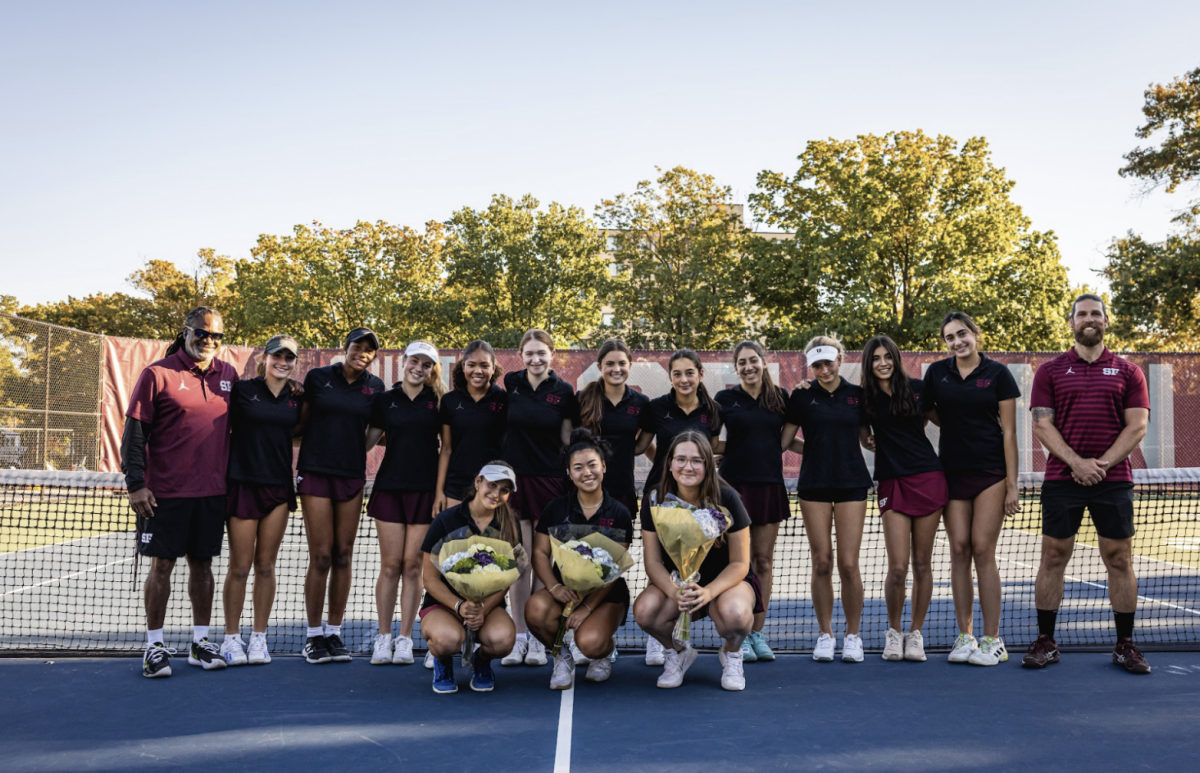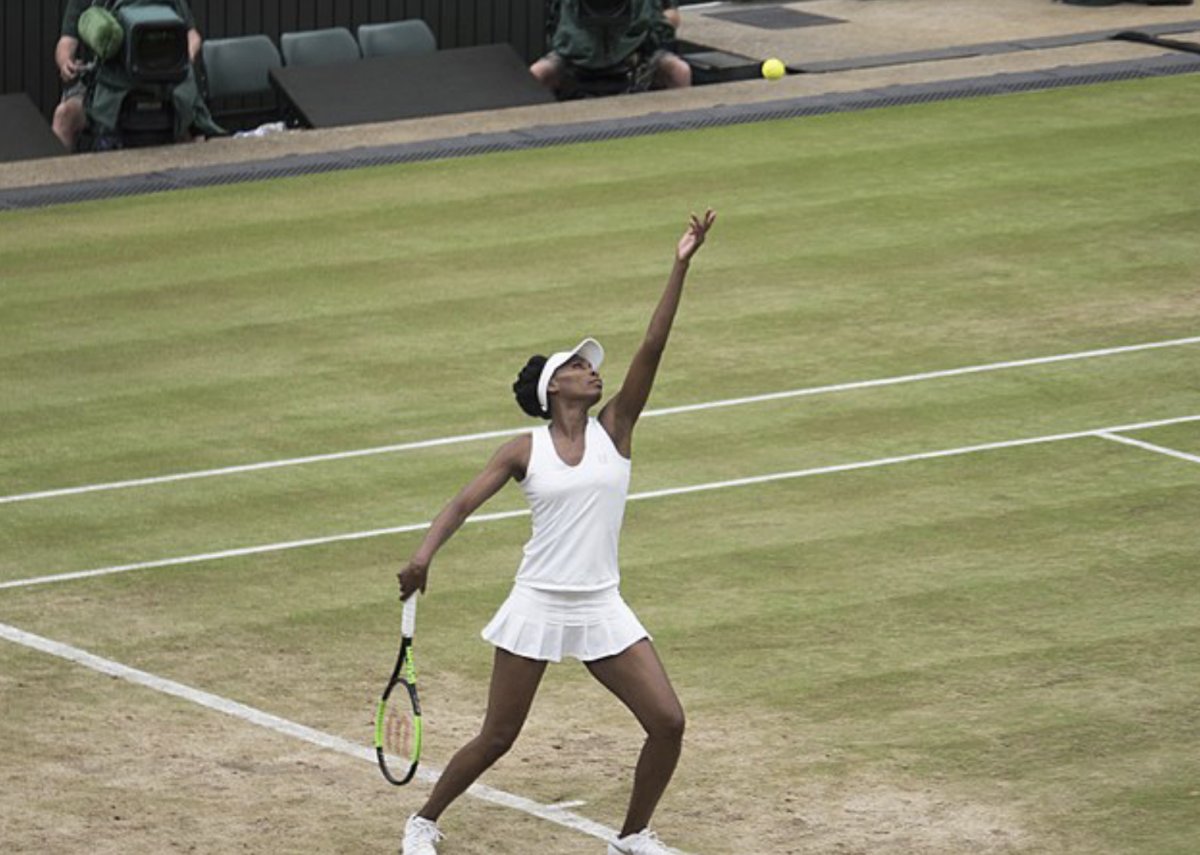As the Grand Slam season came to an end, the U.S. Open began on Aug. 26. Fans filled every seat in both Arthur Ashe Stadium and Louis Armstrong Stadium, excited to watch some of the last professional matches of the 2024 season.
Throughout the year, there have been many thrilling moments in each match. With top players soaring to new heights in every match they play, fans were expecting the same to happen at the U.S. Open. What they were not expecting, however, were the numerous upsets that occurred on both the men’s and women’s sides of the tournament bracket.
Tennis has always been known for its most famous players, such as Serena Williams, Roger Federer, Rafael Nadal, and recently, Carlos Alcaraz and Iga Swiatek. All of these players have proven time and time again that they can push through and win a match, no matter the circumstances. Over time, their tenacity and grit have consistently won them the crowd’s favor. This has been the way tennis has generally progressed: top tennis players winning again and again until new players carry the game forward. However, this year’s U.S. Open was riddled with upsets.
The first major upset occurred on the men’s side of the draw in the second round of the tournament on Aug. 29, when Spanish player Carlos Alcaraz lost to Dutch player Botic van de Zandschulp. Alcaraz, the number three seed in the world, has won four Grand Slam titles and medaled at this year’s Olympics. According to the New York Times, Alcaraz’s playing “has pushed tennis permanently into its future.”
Going into the second round, Alcaraz was favored to win against his opponent, van de Zandschulp. Many fans were confident that Alcaraz would be capable of securing an easy victory, especially considering Alcaraz’s recent success and two other previous wins against the Dutch player. Instead, the world watched as Alcaraz’s playing slowly dwindled, giving van de Zandschulp several opportunities to control points and dominate the court.
The match quickly closed out in straight sets, van de Zandschulp winning 6-1, 7-5, 6-4. In a press conference after the match, Alcaraz said, “I think I made a lot of mistakes. . . I was playing against the opponent and I was playing against myself.”
Just a day later, a second major upset shook the U.S. Open. In one of the third-round matches, second-seed Serbian player Novak Djokovic lost to Australian Alexei Popyrin. With the news of Alcaraz’s defeat still setting in, fans began turning to Djokovic, who was projected to be a finalist.
As a 24-time Grand Slam winner, Djokovic had the most experience and, fans hoped, mental strength to get his 25th title. Instead, Popyrin won the three-hour match in four sets: 6-4, 6-4, 2-6, 6-4. Prior to this match, the two had played on three separate occasions, Djokovic winning in straight sets each time.
However, he too faced challenges during this match against Popyrin. “I have played some of the worst tennis I have ever played, honestly,” Djokovic said after the match when reflecting on his performance at the U.S. Open.
Not only did major upsets occur in the men’s bracket, an upset affected the women’s draw as well. On Sept. 4, American Jessica Pegula beat Polish Iga Swiatek, the number one female player in the world, in a 6-2, 6-4 match.
Though this quarter-final match occurred much later in the tournament than the major men’s upsets, fans were nonetheless shocked to see a consistent player like Swiatek so easily defeated. Despite playing against an American on her home court, Swiatek has always been the crowd favorite because of how fast she rose through the ranks.
Despite this, just 90 minutes later, Pegula had closed up the match. “She was for sure more solid than me and making much less mistakes . . . today I just made too many mistakes,” Swiatek said, blaming her errors in a press conference the next day.
Many believe that Olympic fatigue is the leading cause of these upsets occurring. In a normal calendar year, players have around a month to prepare between Wimbledon and the U.S. Open. Some spend this time training and playing in either the Cincinnati Open or the Mubadala Citi DC Open to get into the right mindset.
This year, however, the Olympics were compressed into an already-busy schedule. Instead of having a month of preparation time, players only had around two and a half weeks between the end of the Olympics and the beginning of the U.S. Open. Much of that time was spent playing in the Cincinnati Open and adjusting to the New York atmosphere in anticipation of the U.S. Open.
When asked about this “Olympic-itis” (the term for Olympic fatigue coined by John McEnroe) after his loss to van de Zandschulp, Alcaraz said, “I probably came here with not as much energy as I thought that I was going to.”
Djokovic had similar thoughts, saying, “It had an effect. I mean, I spent a lot of energy winning the gold, and I did arrive in New York, you know, just not feeling fresh mentally and physically . . . I felt out of gas.”
While it is uncertain how Djokovic, Alcaraz and Swiatek will move forward and learn from their respective losses, the course of this year’s U.S. Open was very different from what many fans were anticipating.













